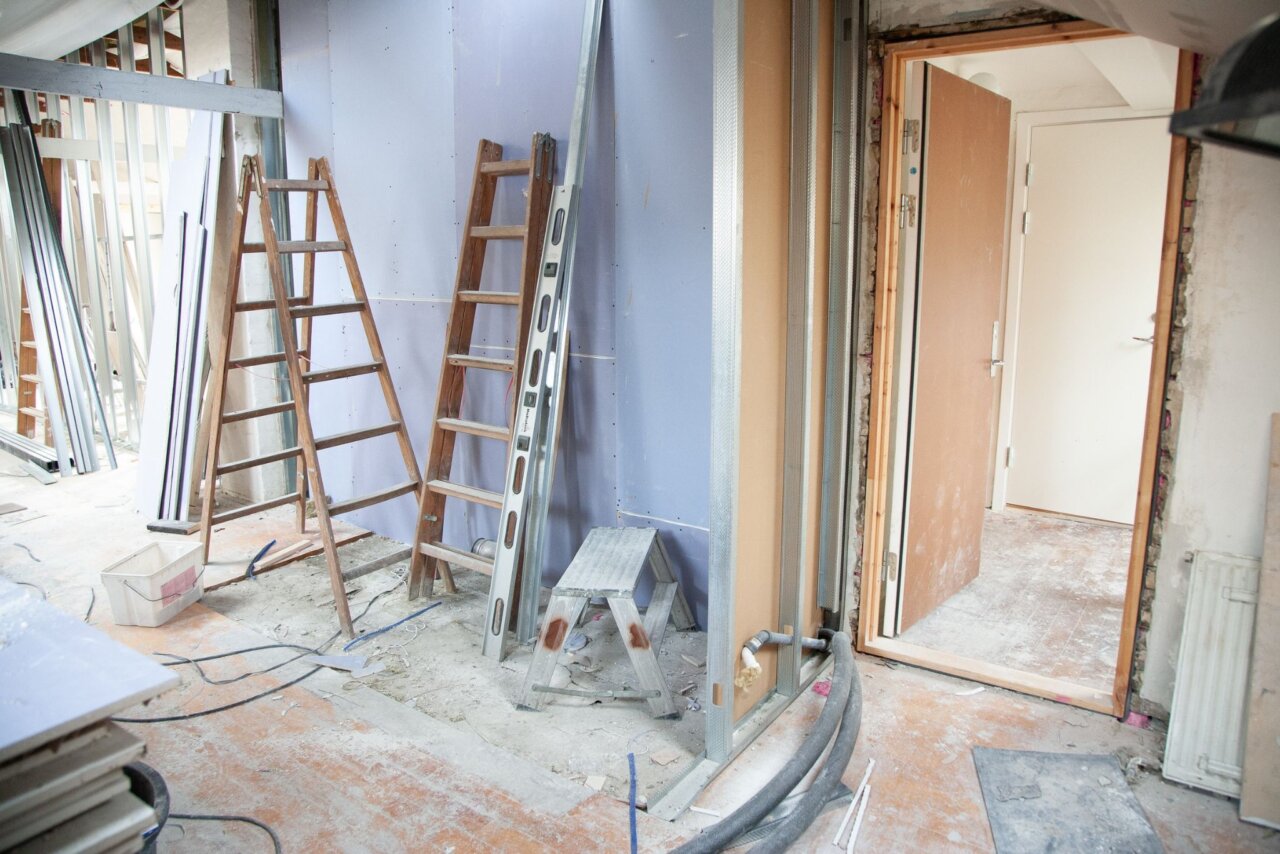Flipping houses—buying properties at a low price, renovating them, and selling them for a profit—has gained significant traction over recent years, partly due to popular reality TV shows showcasing its alluring prospects. At a glance, house flipping appears to be a lucrative and fulfilling endeavor. However, like any investment, it carries potential rewards and inherent risks. While stories of overnight success and transformative renovations are inspiring, it’s crucial to delve deeper into this practice, assessing its advantages and challenges.
The concept of house flipping is by no means a new one. However, its popularity surged in the early 2000s, when the real estate market experienced significant growth. As prices skyrocketed, many investors saw an opportunity to buy properties, make improvements, and sell them at a sizable profit. The 2008 financial crisis curtailed this trend temporarily, but as the market recovered, so did the appeal of house flipping. Advances in technology, access to information, and the proliferation of TV shows dedicated to property renovation further fueled its popularity, making it an attractive option for both seasoned investors and novices alike.
Pros of House Flipping
One of the primary attractions of house flipping is the potential for substantial profits in a relatively short period. Some of the advantages include:
- Quick Returns: Unlike other real estate investments, which may offer returns over an extended period, house flipping can yield significant profits within months.
- Tangible Asset: The property serves as a tangible asset, which can be comforting for many investors.
- Creative Outlet: Flipping provides an opportunity for creativity, allowing investors to bring their vision to life and add value through strategic renovations.
- Learning Experience: With each flip, investors acquire invaluable experience, understanding market trends and honing negotiation skills.
- Market Insight: Regularly buying and selling properties can offer insights into market dynamics, making investors better equipped for future ventures.
Cons of House Flipping
Despite the potential benefits, house flipping is not without its challenges:
- High Risk: The real estate market can be unpredictable. Investors may incur losses if property prices decline or a house remains unsold for long.
- Hidden Costs: Renovation often uncovers unexpected issues like plumbing or electrical problems, leading to higher expenses.
- Financial Pressure: Significant capital is required upfront for purchase and renovation, and immediate returns are not guaranteed.
- Time-Intensive: Contrary to popular belief, flipping houses can be time-consuming, especially if the renovations are extensive or unforeseen challenges arise.
- Tax Implications: Profits from house flipping might be subjected to higher tax rates compared to long-term investments.
Key Considerations
Before diving into house flipping, consider the following:
- Research: Understand the local real estate market, including the demographics, demand, and average property prices.
- Budgeting: Properly budget for all costs, including the unexpected ones. Ensure a buffer for unforeseen expenses.
- Expert Consultation: Engage with professionals like real estate agents, contractors, and financial advisors to guide you through the process.
- Exit Strategy: Always have a plan if things don’t go as anticipated. This might include renting out the property or holding onto it longer than planned.
- Continual Learning: The real estate market is dynamic. Stay updated with the latest trends and adjust your strategies accordingly.
While promising profit and personal fulfillment, flipping houses is not a one-size-fits-all solution in real estate investments. Its success hinges on a blend of market knowledge, meticulous planning, financial preparedness, and a fair amount of resilience. As with any investment, weighing the potential rewards against the risks is essential, and approaching each venture with an informed and strategic mindset.
